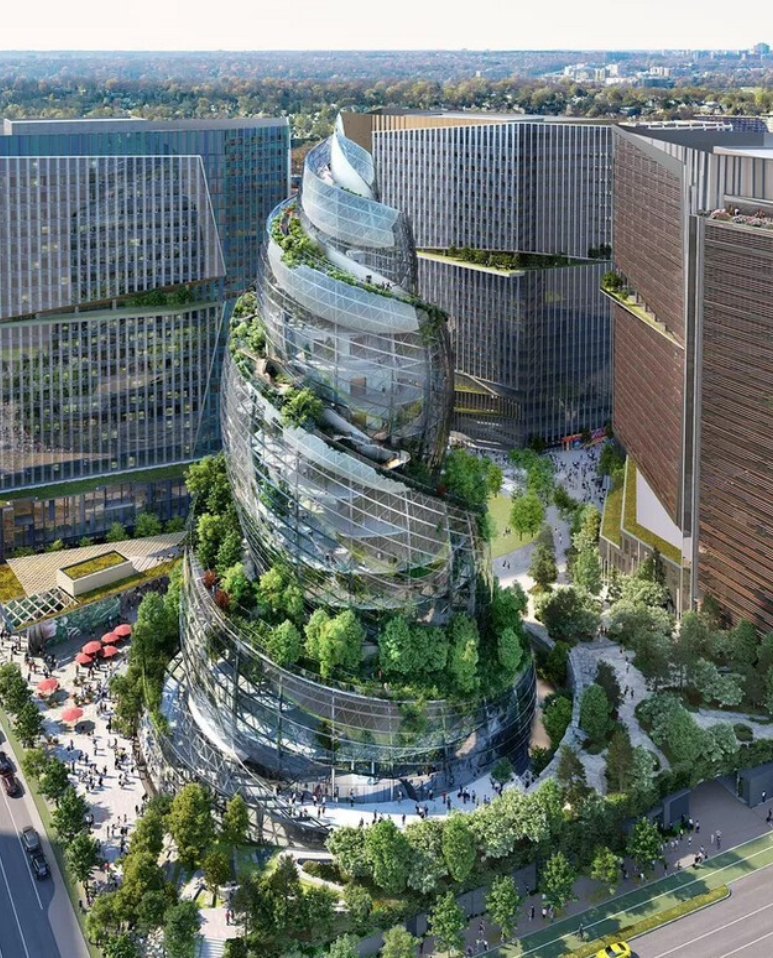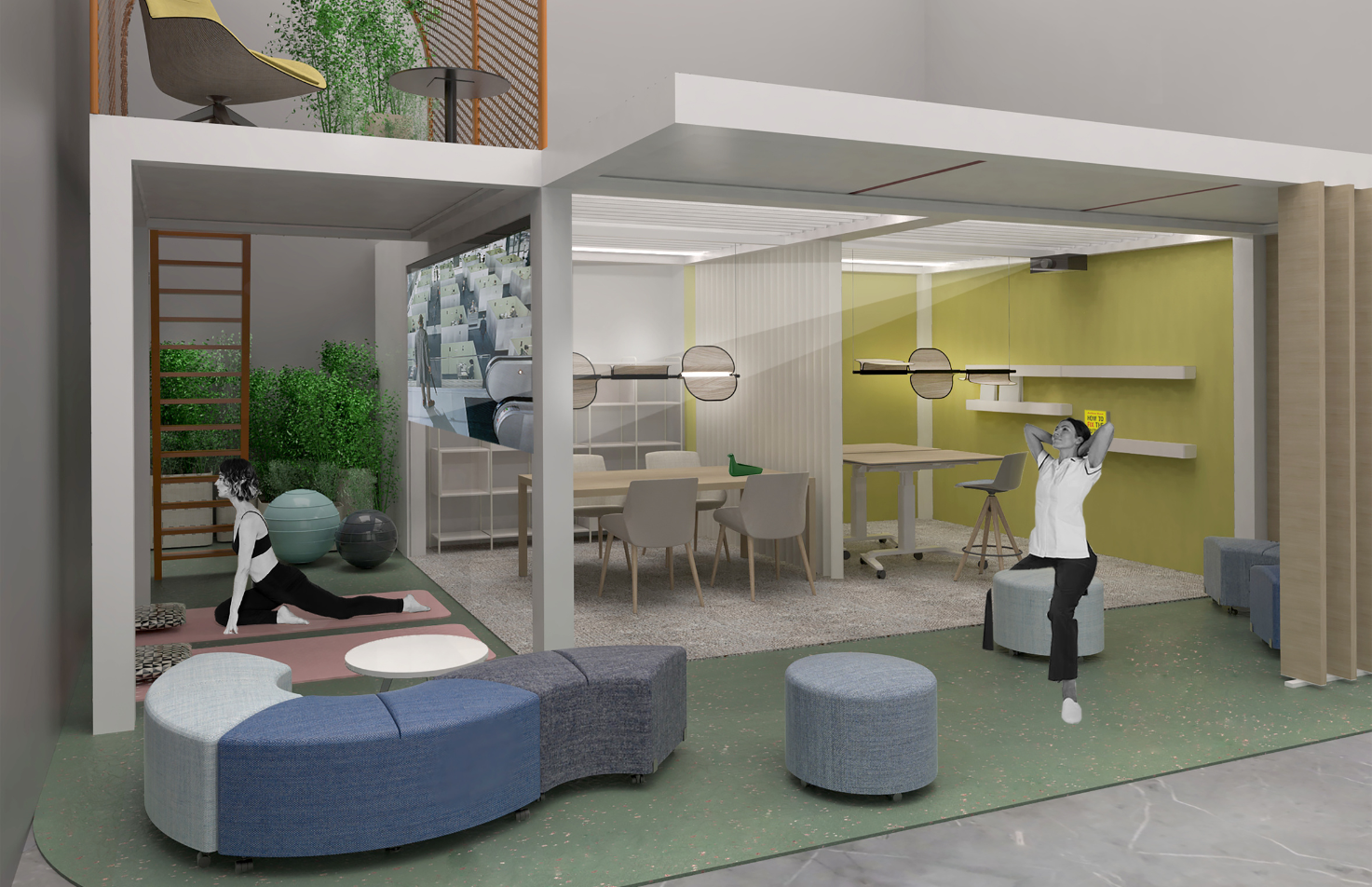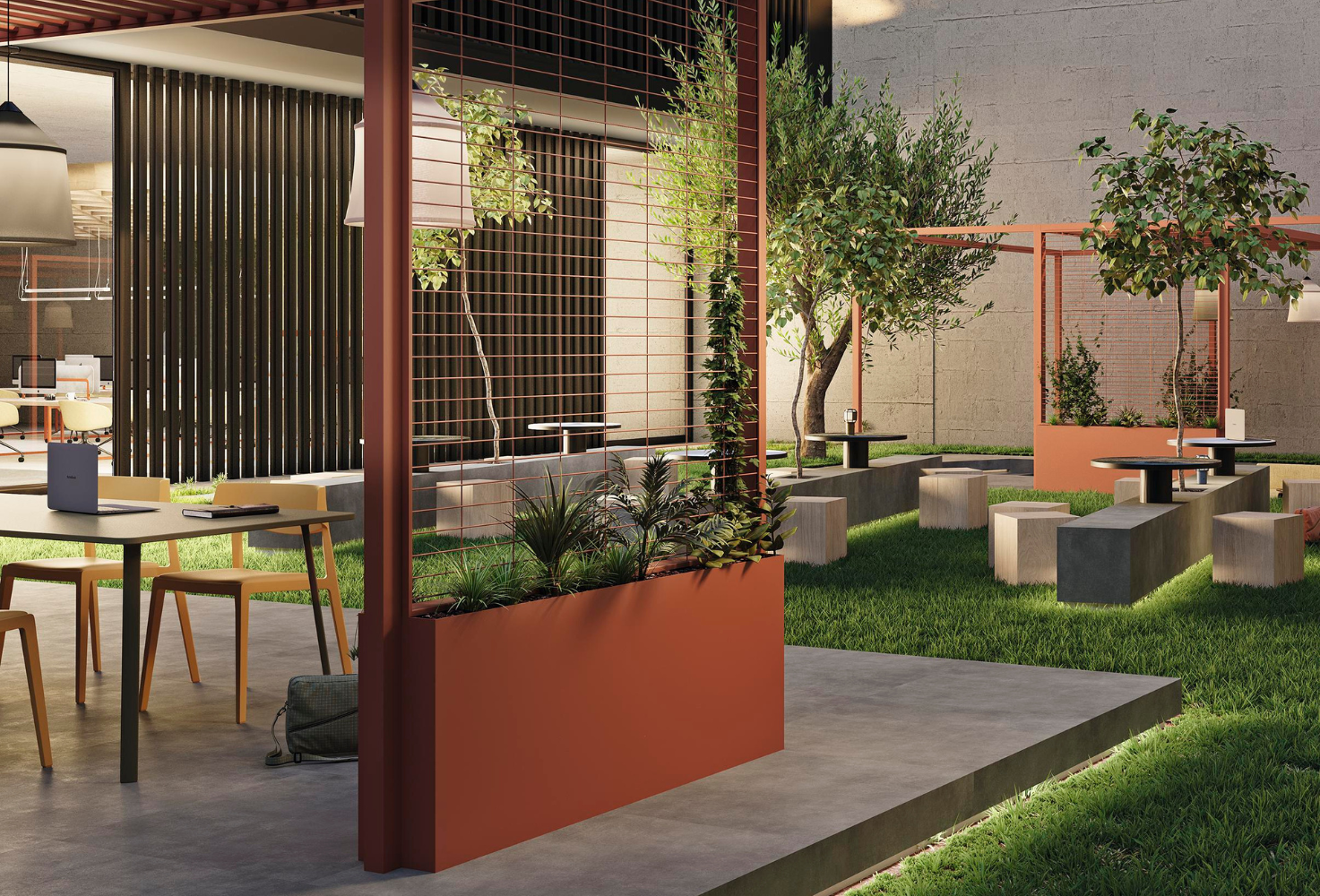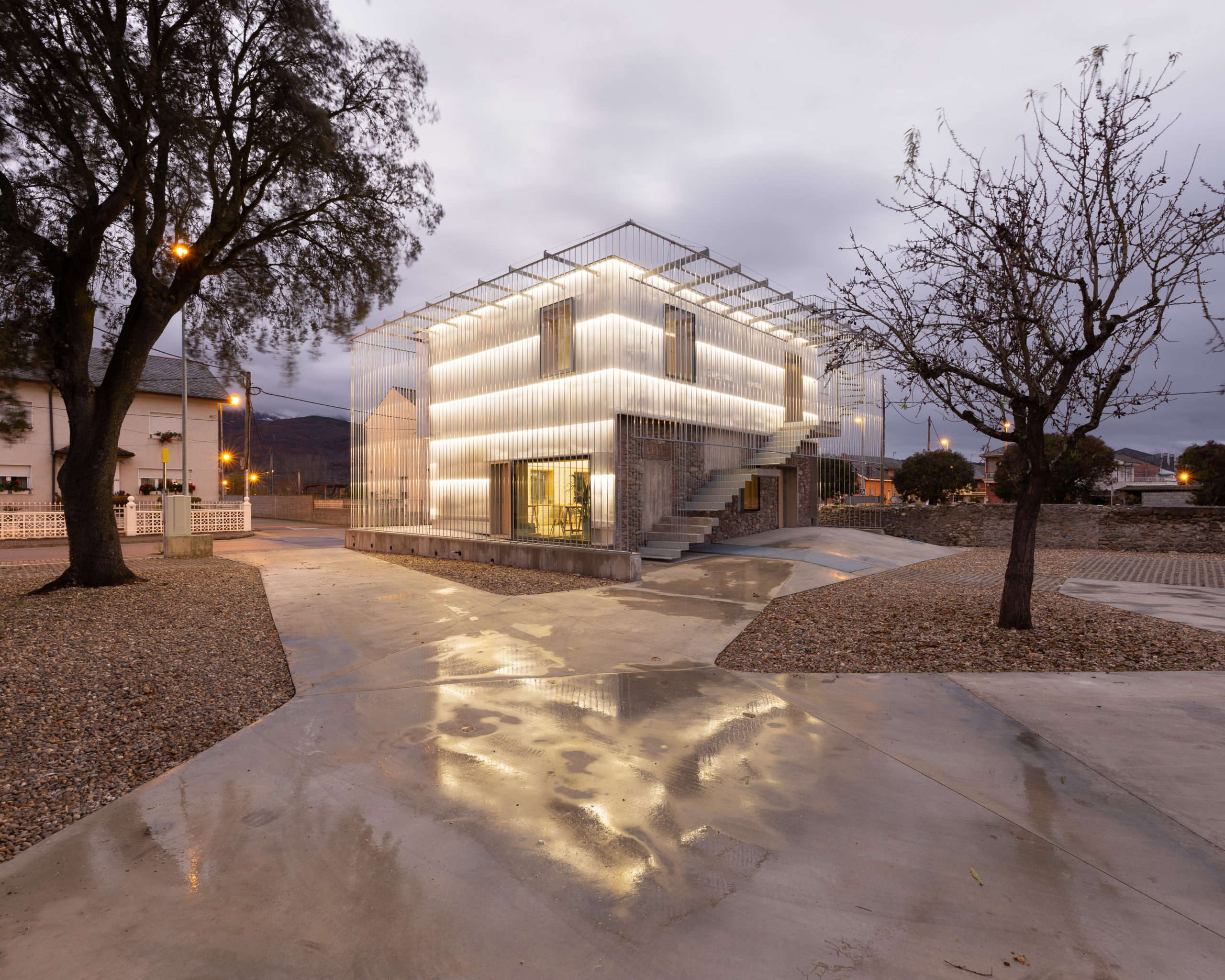In buildings around the world, new offices are being redesigned to include more options that encourage workers to get away from their desks and head outside. This is a growing trend arising from the outdoor boom in the residential
sector, which is now expanding into other industries and spaces to allow the user to enjoy the benefits of coming into contact with the outdoors. The outdoors is a powerful product category and, according to Globenswire, it’s estimated that the global outdoor furniture market will grow 6% to reach $29.3 billion in 2023. In the words of designers, developers and property owners, the chance to work outdoors is turning into an emerging trend that could change the way workspaces look in the coming years.

Before the pandemic, companies were increasingly aware of the impact that the design of their office environment has on employee satisfaction, productivity, loyalty and commitment to their business. But there’s nothing like a surprise caused by a change in work model, driven by a lockdown, forcing everyone to reconsider the advantages and disadvantages of work places as we’ve known them up to now


The office exterior has a new purpose and a new role to play in the labour ecosystem. According to Jill’s The Future of Work report, 35% of managers surveyed aim to increase investment in spaces dedicated to employee relaxation and recovery, such as outdoor spaces and rooftop gardens.
Nowadays, outdoor spaces are being redesigned to accommodate the tasks employees would do indoors, for which reason they need to be optimised for both productivity and other purposes, like relaxation. The outdoors are becoming a further extension of the office. Green areas will be viewed as another asset used to draw employees back to the office, since these kinds of spaces that connect with nature not only offer a break from restrictive indoor spaces, but they also improve the mental and physical health of the people inhabiting them.
As for terraces and rooftop spaces, they will also be transformed, adding infrastructure that integrates new work trends and concepts, including pergolas and zoned patios that can incorporate work tasks and meetings, whether formal or informal.
The introduction of outdoor spaces is leaving a trail of innovations across the spectrum. Patios adjoining indoor spaces are the main protagonists and furniture hacks with plants are an accessible solution for offices that cannot afford such an extensive refurbishment
To make the most of the outdoor space in office buildings, there are new products emerging that ensure a protected space where people can socialise and relax. This type of pre-made construction is proposed as a new product line that will standardise its construction, but in an architectural project it would need to be done ad hoc
The home office and hybrid work have inspired companies to take their offices outside, to the point of relocating them from large cities and establishing them in immersive spaces in contact with nature, or rural zones where life is slower-paced.
El concepto de zonificación de los espacios semiabiertos mediante el uso estratégico de los muebles y la decoración se traslada también al exterior, con zonas y funciones definidas que permitan reuniones semiprivadas y espacios de concentración.
The concept of zoning semi-open spaces by strategically using furnishings and décor has also been translated to the outdoors, with defined zones and functions that facilitate semi-private meetings and spaces that bring people together.
